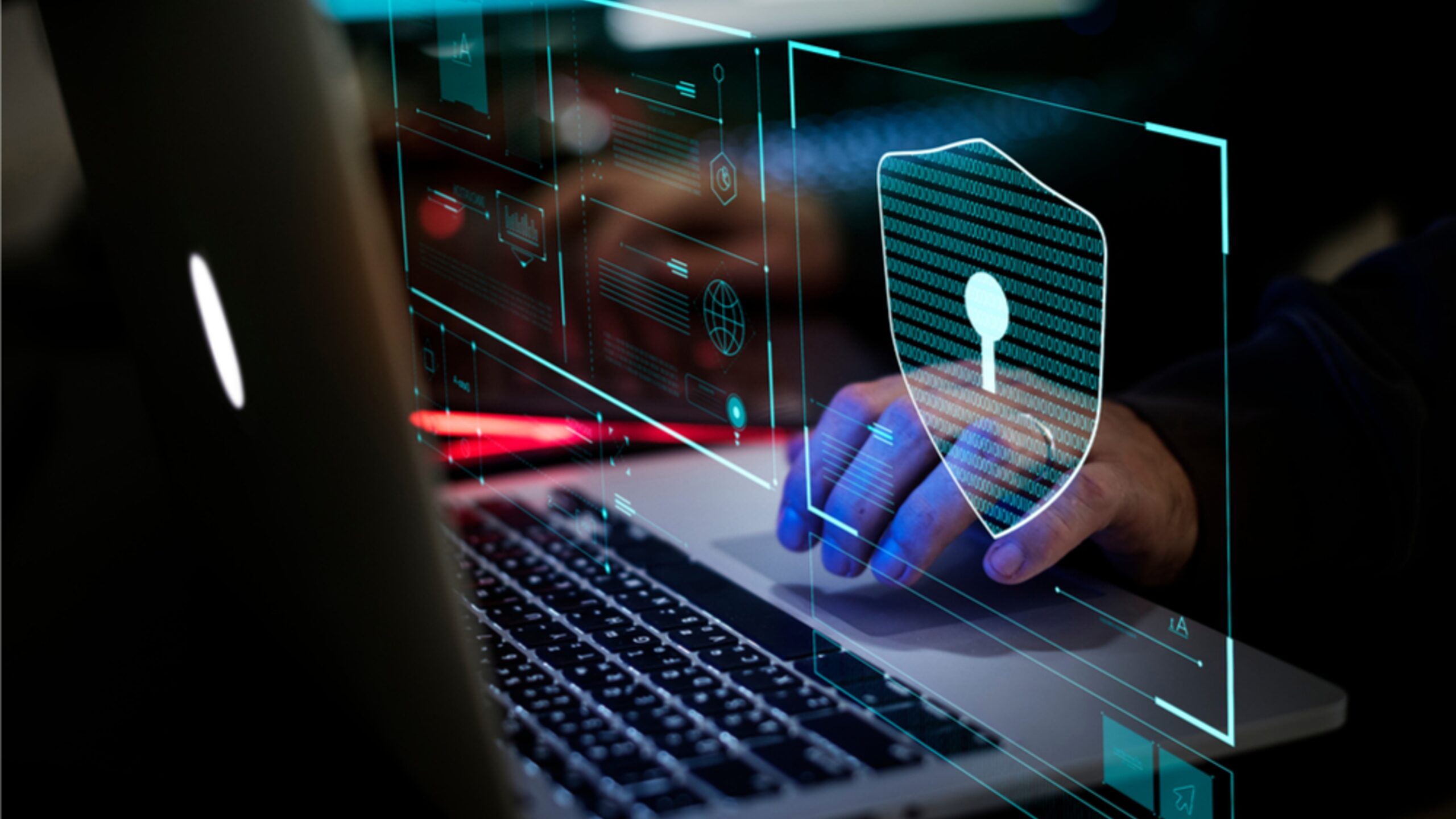Compilance
Compliance refers to meeting the requirements of laws and regulations. Cybersecurity compliance is the specific set of requirements that companies must meet to protect their data and systems from cyber threats.
Standards are voluntary guidelines that organisations can follow to improve their cybersecurity posture. Industry experts and organisations such as the National Institute of Standards and Technology (NIST) and the International Organisation for Standardisation (ISO) often develop cybersecurity standards.
Companies may need to follow many different cybersecurity compliance requirements and standards, depending on their industry and the type of data they collect and store. Some common examples include:
- Payment Card Industry Data Security Standard (PCI DSS): This standard is required for credit and debit card companies. It sets forth requirements for protecting cardholder data from theft and fraud.
- Health Insurance Portability and Accountability Act (HIPAA): This law protects the privacy of healthcare data. It requires companies that handle healthcare data to implement specific security controls to protect the data from unauthorised access, use, or disclosure.
- General Data Protection Regulation (GDPR): This regulation protects the privacy of EU citizens’ personal data. It requires companies that handle EU citizen data to implement specific security controls to protect the data.
Companies can use compliance and standards for cybersecurity in several ways, including:
- As a baseline for their cybersecurity program, Compliance requirements and standards can provide companies with a starting point for developing their cybersecurity program. By meeting these requirements and standards, companies can ensure that they have a basic level of cybersecurity protection in place.
- To identify and mitigate risks: Compliance requirements and standards can help companies identify and mitigate their cybersecurity risks. By assessing their compliance with these requirements and standards, companies can identify areas where their security is weak and take steps to improve it.
- To stay up-to-date on the latest threats, Compliance requirements and standards are often updated to reflect the latest cybersecurity threats. By following these requirements and standards, companies can ensure that they are using the latest and greatest security controls to protect their data and systems.
Compliance and standards are essential for companies that want to protect their cybersecurity posture. By following these requirements and standards, companies can reduce cyber-attack risks and protect their customers’ data.
Here are some specific examples of how companies use compliance and standards for cybersecurity:
- A bank might use the PCI DSS to appropriately protect its customers’ credit card data.
- A healthcare provider might use HIPAA to ensure that it is appropriately protecting its patients’ medical records.
- A social media company might use the GDPR to ensure that it adequately protects its users’ data.
- A software company might use the ISO/IEC 27001 standard to develop and implement a comprehensive information security management system (ISMS).
By following compliance requirements and standards, companies can help protect their data and systems from cyber threats, avoid regulatory fines, and maintain their reputation.
In today’s digital era, compliance and standards play a vital role in safeguarding companies’ cybersecurity posture. By following these requirements and standards, businesses can significantly reduce cyber-attack risks and protect their customers’ data from being compromised or misused.
To give some specific examples of how companies use compliance and standards for cybersecurity, a bank might use the Payment Card Industry Data Security Standard (PCI DSS) to ensure that its customers’ credit card data is appropriately protected. Similarly, a healthcare provider might use the Health Insurance Portability and Accountability Act (HIPAA) to ensure they adequately safeguard their patients’ medical records. A social media company might use the General Data Protection Regulation (GDPR) to ensure it sufficiently protects its users’ data.
In addition, a software company might use the International Organisation for Standardisation/International Electrotechnical Commission (ISO/IEC) 27001 standard to establish and implement a comprehensive information security management system (ISMS). This standard provides a framework for companies to manage and protect their information assets, including sensitive data, intellectual property, and other confidential information.
By following compliance requirements and standards, companies can help protect their data and systems from cyber threats, avoid regulatory fines, and maintain their reputation. It also ensures that the company’s cybersecurity measures comply with the relevant laws, regulations, and industry standards, which is critical for its long-term success and growth.

